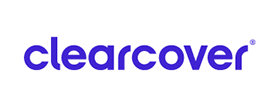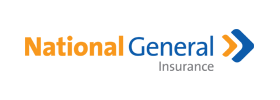When it comes to motorcycles, you must have liability insurance as you would with other moving vehicles. However, liability insurance for your motorcycle only helps you legally, and more coverage may be required to protect your passenger, your motorcycle, and you. Having said this, there are other kinds of motorcycle insurance out there. The following includes those other types of coverage:
1. Medical Payments
This coverage is for medical expenses for you and your passengers due to injuries from a motorcycle accident.
2. Collision Coverage
This coverage is for motorcycle damage that came from a collision with a stationary object, another vehicle, or another.
3. Personal Injury Protection
This is reimbursement of your medical expenses, childcare, lost income, and other out-of-pocket costs occurring from a collision.
4. Comprehensive Coverage
This is coverage for damages to your motorcycle resulting from vandalism, flooding, tree damage, theft, a crash with another vehicle, etc.
5. Towing and Labor
This includes the reimbursement of towing and relatable labor costs if your motorcycle breaks down.
6. And More
Other types of motorcycle insurance include rental reimbursement, lease loan gap coverage, added or optional equipment, and underinsured and uninsured coverage.
Conclusion
For more information concerning various types of motorcycle insurance and which one may be the best for you, contact InsureUS today. Located in Cypress, TX, InsureUS has licensed, local agents who have been serving Cypress, TX and surrounding areas for several years. They work with multiple carriers, so they can find the right policy just for you.
So, don’t get caught without motorcycle insurance. They are more than happy to assist you. They are locally owned and operated, and you can contact them via phone, email, or at their office.







































